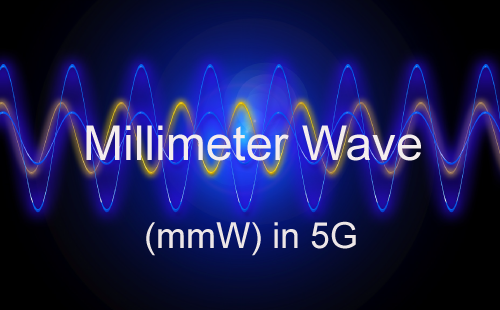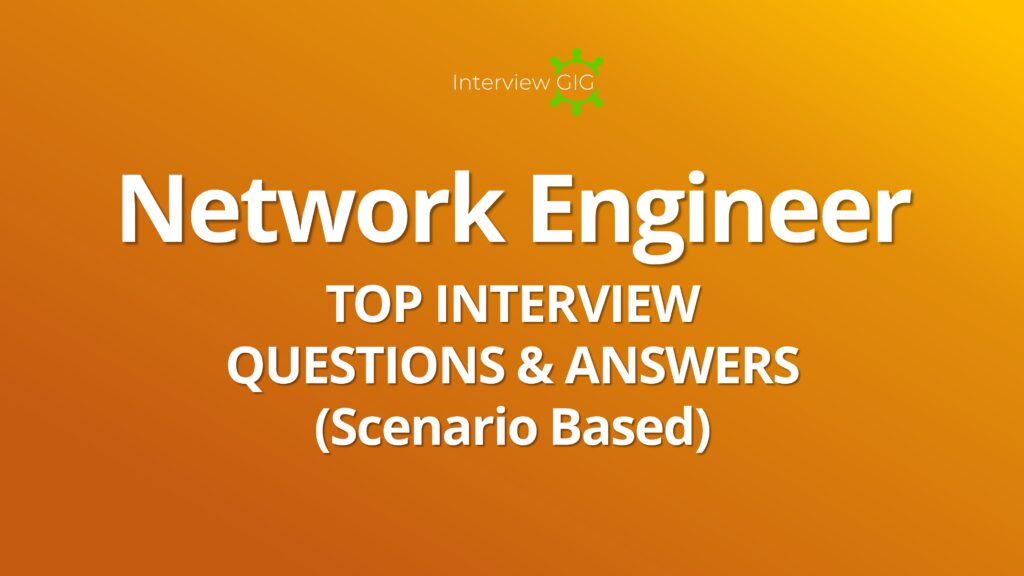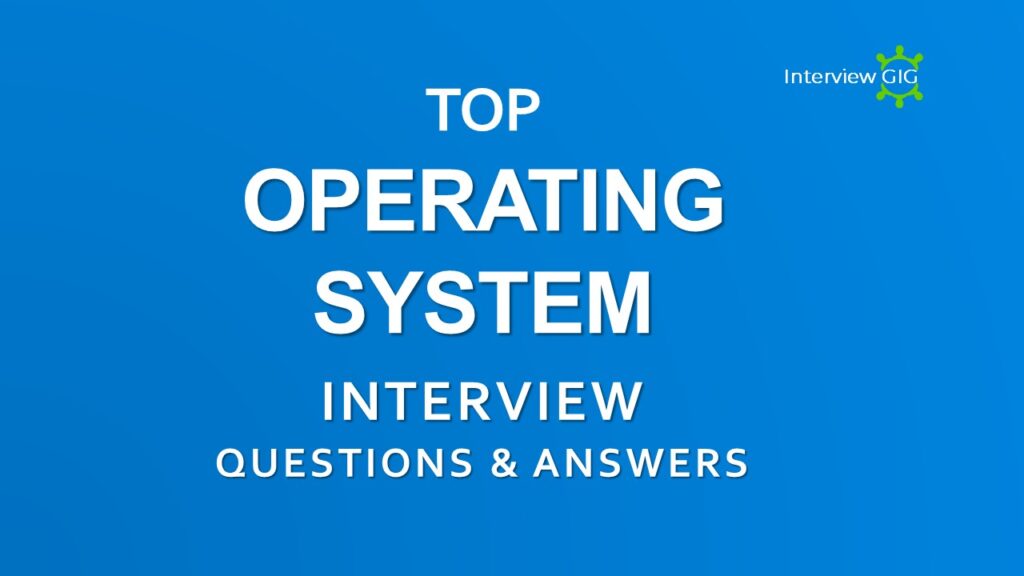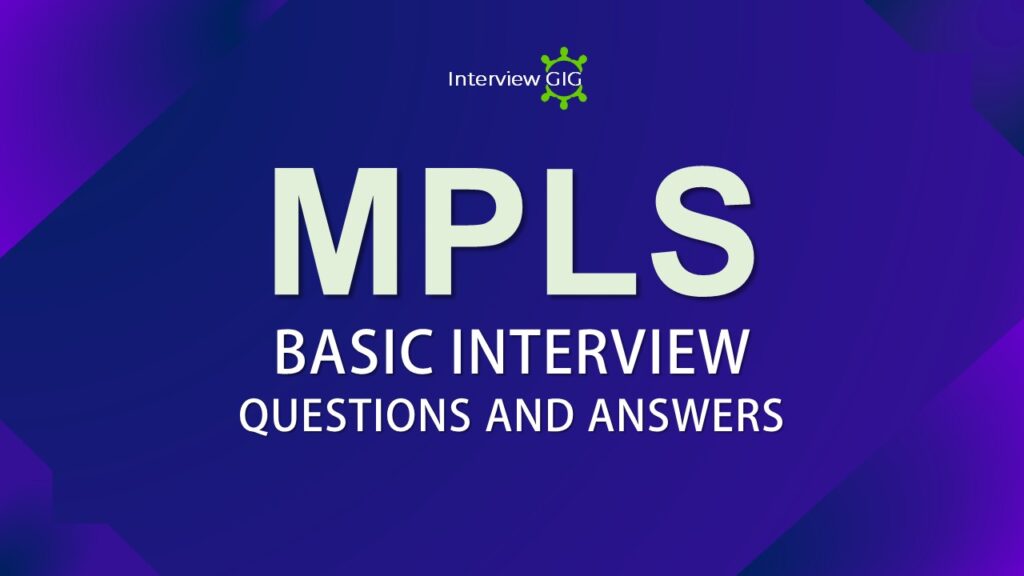5G Technology
Presently, a significant number of IT professionals are engaged in discussions about 5G technology, recognized as the contemporary wireless technology of the next generation.
5G is the fifth generation of mobile network technology, offering significant advancements over its predecessor, 4G. It boasts:
- Faster speeds: Peak speeds of up to 20 gigabits per second (Gbps), compared to 1 Gbps for 4G, enabling much quicker downloads and uploads.
- Lower latency: Reduced response time between sending and receiving data, crucial for real-time applications like gaming and self-driving cars.
- Higher capacity: Ability to connect more devices per unit area, improving network performance in congested areas.
What is 5G Technology?
5G is the Next Generation Mobile Technology (Short 5G-5th Generation). 5G mobile network performance is much higher than previous mobile networks, such as 4G and 4G LTE+.Currently,4G LTE is operating on frequency spectrum between 2 GHz to 8 GHz. 5G technology will use these frequencies spectrum as well as the higher band between 24 GHz and 100 GHz.
5G Technology researches began at 4 years ago, and many companies are pleased with the possibility of using the mmWave spectrum for 5G.This Mmwave (MMW) works at a high frequency band (30 GHz to 300 GHz). That’s why the 5G is considered a millimeter wave technology.
5G has different frequency ranges are
- Sub 6 GHz-5G macro optimized (above 4G)
- 3 GHz to 30 GHz-5G E band small cells
- 30 GHz to 100 GHz-5G ultra dense
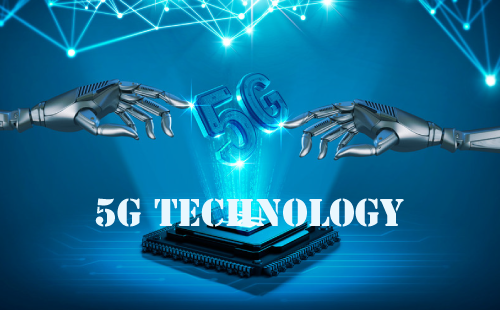
5G Technology specifications:
- 5G peak data rate: 20Gbps downlink and 10Gbps uplink.
- Low latency >1ms (URLLC) or maximum 4ms
- 5G peak spectral Efficiency: 30bits per Hz downlink and 15bits per Hz uplink
- 1000x bandwidth per unit area (Channel Bandwidth -100MHz below 6GHz and 400MHZ above 6GHz
- Connection density: At least 1 million connected devices per 0.38 square miles (1km)
- Uplink waveform: Option for Cyclic Prefix-Orthogonal Frequency Division Multiplexing (CP-OFDM)
- IoT devices: battery life greater than ten years
- 90% reduction in network energy usage
- Longest communication range
Read more: Mobile Generations 0G to5G
Compare to 4G LTE advanced Pro and 5G NR
LTE-A Pro objectives to increased the data speeds and bandwidth to be had for cellular communications. It will also bring a far wider range of connected gadgets and structures under a single standard. LTE-A Pro will do the same and put together for 5G.
4G LTE advanced Pro (3GPP Release R13&R14) specifications
- User date rate up to>3Gbps(LTE-A: 1Gbps)
- Low latency>2ms (LTE-A: 10ms)
- Frequency range up to>6 GHz
- Maximum bandwidth -640MHz (LTE-A: 100MHz)
- Channel bandwidth up to 20MHz
- Maximum MIMO antennas used -32
- Maximum carriers-32
- Spectrum sharing-LAA/eLAA, LWA, Multifire, CBRS, LSA, LTE-U
What is 5G NR?
5G NR (New Radio) is the new general for 5G wireless technology capable of much faster, efficient and scalable network. 5G NR technology will enable to connect to many things inside the surrounding with low latency and lighting speed.
The 3rd Generation Partnership Project (3GPP) in December 2017 completed standards for the 5G New Radio needed for fixed broadband wireless.
5G NR (3GPP Release-15) specifications
- User data rate up to> 10Gbps
- Low latency >1ms
- Frequency range up to 40 GHz
- Maximum bandwidth 1000 MHz
- Channel bandwidth up to 500 MHz
- Maximum MIMO antennas used 64 to 256
- Maximum carriers 16(LTE +NR)
- Spectrum sharing: Mmwave+NR, Dual connectivity, NR based LAA+ NR MultiFire and LTE-U
Countries with Most 5G Users:
As of February 2024, the top countries with the most 5G subscribers include:
- China (over 500 million)- China has the most 5G base stations globally, rapidly expanding its network.
- South Korea (over 20 million)-A pioneer in 5G, South Korea boasts extensive coverage and high user penetration.
- United States (over 100 million)-The US is playing catch-up but is making strides in 5G deployment, particularly in major cities.
- Japan (over 20 million)-Japan has a well-developed 5G network with strong government support.
- Italy (over 30 million)-Italy’s 5G network is developing rapidly, with ongoing advancements in infrastructure, competition, and collaboration fostering further growth.
- European countries: Several European nations like Germany, Finland, and Sweden are actively deploying 5G, with varying levels of progress.
These numbers are constantly evolving, as 5G continues to be deployed globally.
Here are some recent developments in the world of 5G:
- Standardization: The 3rd Generation Partnership Project (3GPP) continues to refine and update 5G standards, ensuring global interoperability and fostering further innovation.
- Spectrum allocation: Governments worldwide are auctioning off new spectrum frequencies specifically for 5G deployment, expanding network capacity.
- Emerging applications: New applications leveraging 5G’s capabilities are emerging, such as smart factories, connected healthcare, and immersive entertainment experiences.
- Security concerns: As with any new technology, security remains a concern for 5G. Governments and industry leaders are working to address these concerns and ensure a secure 5G ecosystem.

